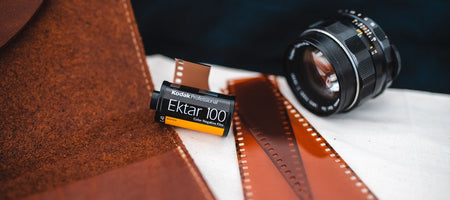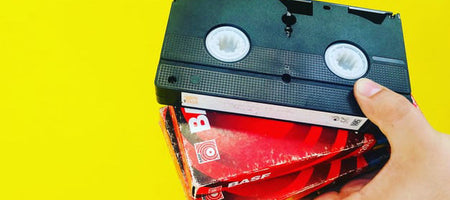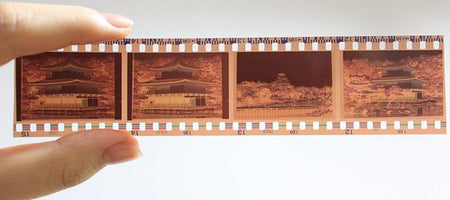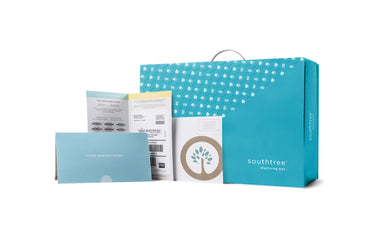Now that you’ve got your thumb drive full of old photo gems and home videos, it’s time for the real fun – viewing and sharing them.
But maybe you need a little help opening your thumb drive? No problem, we’ve got you covered with this quick “how to” for accessing your thumb drive for Windows and Mac.
All you’ve got to do is follow along these 4 easy steps to enjoy your stroll down memory lane.
Mac Users
Step 1: Insert
Start by inserting the thumb drive into your laptop/desktop’s USB port – it’ll most likely be on the sides or back of your computer.
Once inserted, you can access your files in one of two ways. The easiest is to double-click on your flash drive icon when it appears on your desktop. If for some reason it doesn’t appear on your desktop, then you’ll have to open “Finder” in the top-left bar (you may have to click on the desktop first to switch to Finder) and then select flash drive from the sidebar on the left side of the window.
Step 2: Save & share
Once it’s connected, you can work with your thumb drive’s files just like any other files. You can save them to your desktop by simply dragging them over and dropping them, or vice versa, save files from your desktop to your thumb drive by doing the exact opposite. You can even delete files by dragging them to the trash can in the bottom right app bar.
Step 3: Play
It’s time to open and play your files! Scroll through the list of files on your thumb drive until you’ve found the one(s) you want to select. Once you’ve found it, simply double-click the file and it will open in its appropriate format (.pdf, .jpeg, .mp4 for video and so on).
Step 4: Eject
Now, you may think you’re done, but this last step may be the most important one of all to ensure that your files aren’t damaged. Again, there are a few ways to properly eject your thumb drive, so choose whatever method suits you. The first and easiest is to drag the thumb drive icon from your desktop to your trashcan. Once you do this, you’ll notice your trashcan turn into an eject button – just release and it will eject. The second way is to right-click on the thumb drive icon and select eject. The third option is to go back into your “Finder” menu and click the eject button next to the thumb drive.
Windows Users
Step 1: Insert
This step is no different from the first step for Mac users, other than the possibility of a different placement of the USB port on your computer. Once you locate the port, pop your thumb drive in.
Step 2: Save & Share
Again, similar to Macs, a dialog box should appear. If it does, you can right-click to save the folder to your desktop or simply open the folder to view your files. You can also move or delete any files by clicking and dragging the file to the appropriate location – desktop (to duplicate/save) or recycle bin (to delete).
If a dialog box doesn’t appear, you’ll need to open Windows Explorer and select the flash drive on the left side of the window. Just be aware that the name of the flash drive may vary.
Step 3: Play
Once you’re connected and you’ve located the thumb drive access on your computer, you can use it like any other folder on your desktop/computer. Double-click to open and view the file.
Step 4: Disconnect
Again, it’s important to not simply unplug your thumb drive when you’re finished. Make sure you disconnect it properly to avoid possible file damage by right-clicking on the flash drive and selecting disconnect.
There you have it! Whether you’re a Mac or Windows user, accessing your files is as easy as 4 simple steps. So get to reminiscing already, sheesh!













